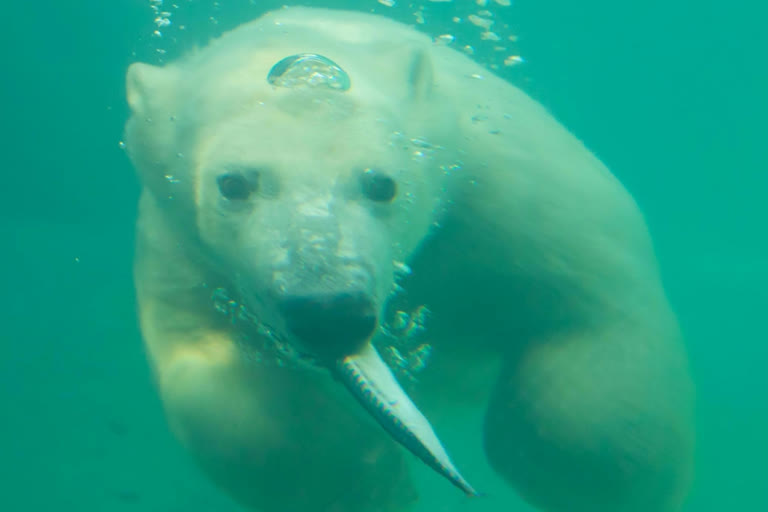Los Angeles: Widespread pollution from the toxic "forever chemicals," known as Per- and Polyfluorinated Substances (PFAS), is contaminating and potentially harming hundreds of species of wildlife around the world, said a new study. The study, released by the Environmental Working Group, an American non-profit environmental group, on Wednesday reveals the global extent of the PFAS pollution problem with a first-of-its-kind map using rigorous data to show the sheer scale of the threat PFAS pose to wildlife, Xinhua news agency reported.
Pollution from the "forever chemicals" contaminates polar bears, tigers, monkeys, pandas, dolphins and fish and has been documented in more than 330 other species of wildlife around the world, some endangered or threatened, the study added. Researchers pointed out that hundreds of studies have found PFAS chemicals in a wide variety of other wildlife species globally, including many types of fish, birds, reptiles, frogs and other amphibians, large mammals, like horses, and small mammals, such as cats, otters and squirrels.
Also read:Salt could play key role in energy transition: Study
